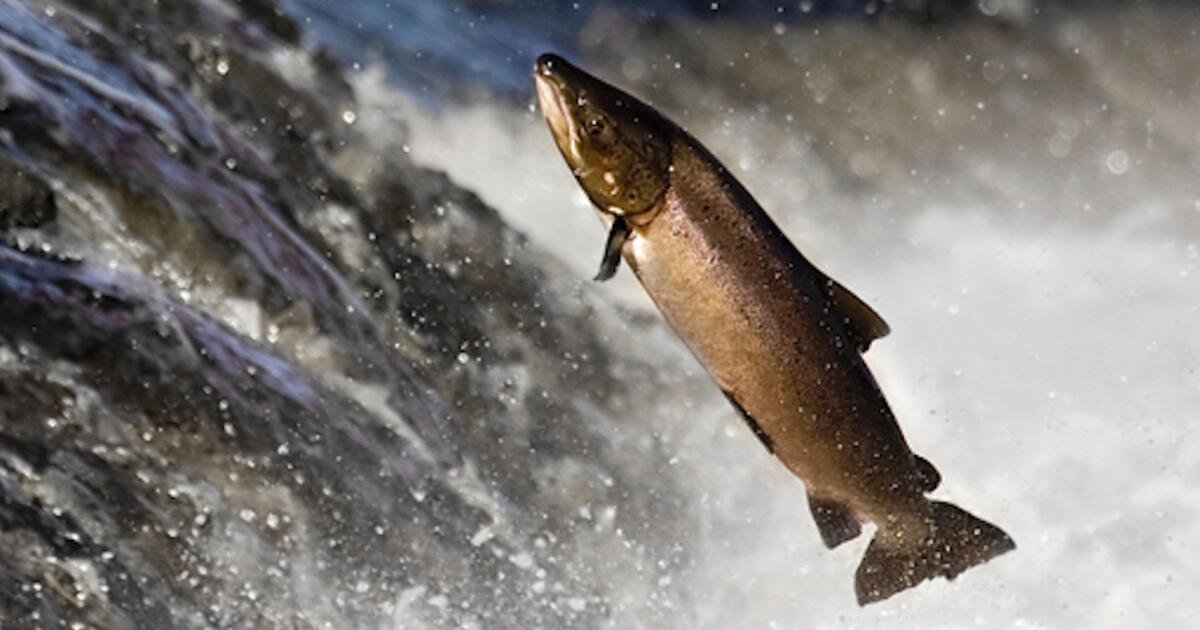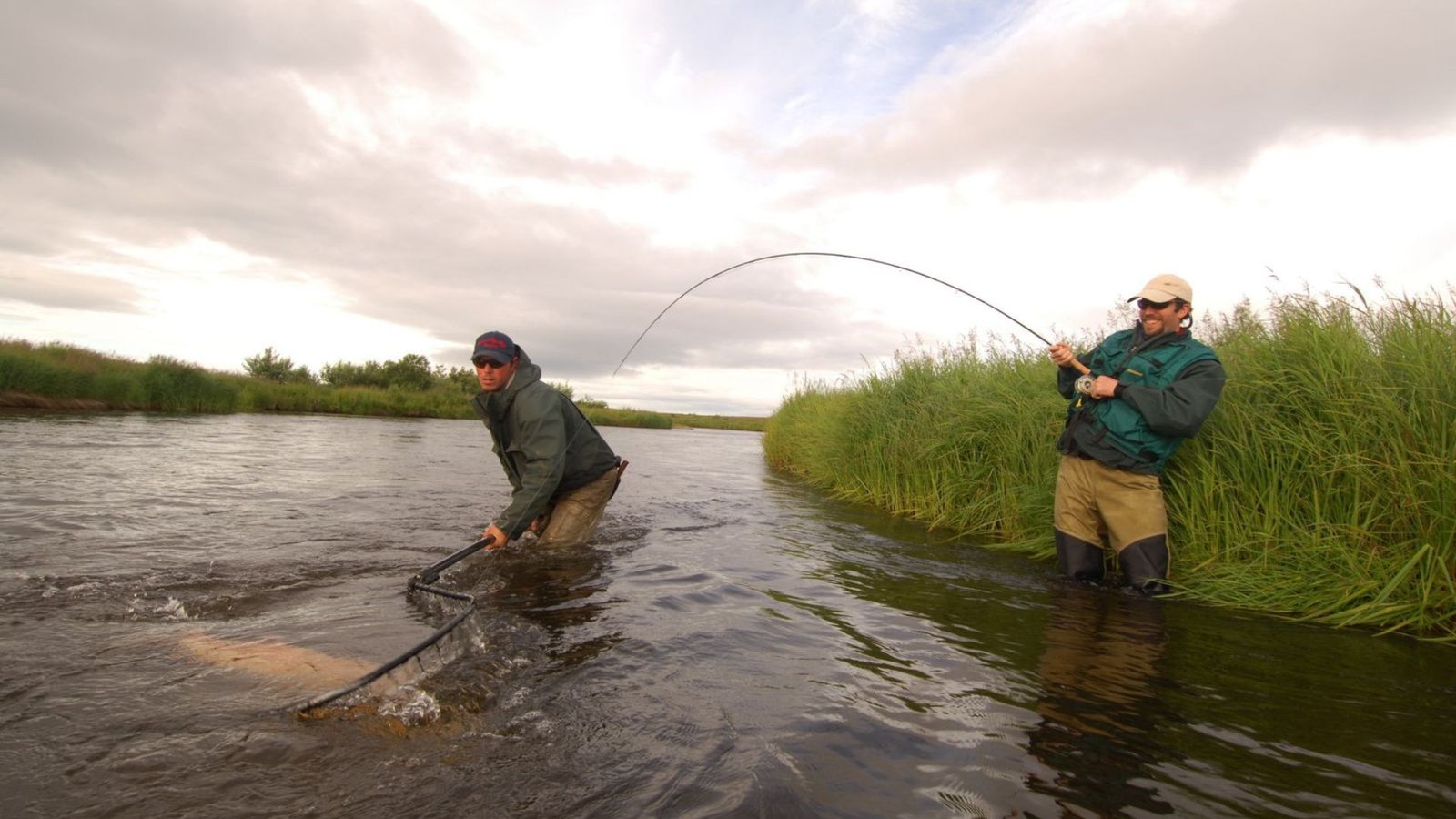Matching the hatch means selecting a fly pattern that closely resembles the insects or other organisms present in the water that salmon are actively feeding on. This technique enhances your chances of enticing a strike from selective fish and increases overall fishing success.

How to Match the Hatch with Salmon Flies
1. Study Local Hatches and Seasons
a. Research Local Waters: Familiarize yourself with the specific insects and organisms that salmon feed on in the rivers or streams you plan to fish. Common insects include mayflies, caddisflies, stoneflies, and various aquatic nymphs.
b. Seasonal Variations: Insects hatch seasonally, with different species emerging during specific times of the year. Understand the timing of hatches in your region to predict when certain fly patterns will be most effective.
2. Identify the Dominant Insects
a. Observation: Observe the water surface and nearby vegetation to identify insects in their various life stages (egg, larva, pupa, and adult). Use a net to collect samples from the water surface or rocks to closely examine and match their characteristics.
b. Water Temperature and Flow: Consider how water temperature and flow influence insect activity and emergence patterns. Warmer water accelerates insect development and hatching, while faster currents can dislodge nymphs and larvae.
3. Selecting the Right Fly Patterns
a. Dry Flies: Use dry flies to imitate adult insects floating on the water’s surface. Choose patterns that match the size, shape, and color of hatching insects. Common dry fly patterns include Adams, Elk Hair Caddis, and Royal Wulff.
b. Nymphs and Emergers: Fish nymphs and emergers below the surface to imitate insects transitioning from aquatic to airborne stages. Patterns like Pheasant Tail Nymphs, Hare’s Ear Nymphs, and Soft Hackle flies are effective.
4. Matching Size and Color
a. Size: Select fly patterns that closely match the size of the natural insects. Use larger flies for stoneflies or grasshoppers and smaller patterns for midges or small mayflies.
b. Color: Pay attention to the color of insects during different stages of their life cycle. Match the color of your fly pattern to the predominant hue of hatching insects. For example, use dark patterns for early morning hatches or lighter colors for midday emergencies.
5. Techniques for Effective Presentation
a. Natural Drift: Present your fly naturally by allowing it to drift downstream with the current. Mimic the movement of hatching insects by adjusting the speed and depth of your presentation.
b. Sight Fishing: Watch for rising fish or surface activity indicating feeding salmon. Cast your fly upstream of the target area and let it float downstream towards the fish, imitating natural insect behavior.
6. Experiment and Adapt
a. Trial and Error: Experiment with different fly patterns, sizes, and colors to determine which combinations are most effective. Keep a variety of flies in your tackle box to adapt to changing hatch conditions throughout the day.
b. Observe Fish Behavior: Watch how fish respond to your fly presentation. Adjust your tactics based on their feeding behavior and preferences for certain fly patterns.
Conclusion: Enhancing Your Fishing Success
Matching the hatch with salmon flies requires knowledge of local insect life cycles, selecting appropriate fly patterns, and mastering presentation techniques. By closely observing water conditions, experimenting with different flies, and adapting to fish behavior, you can increase your chances of success and enjoy a rewarding salmon fly fishing experience on freshwater rivers.




